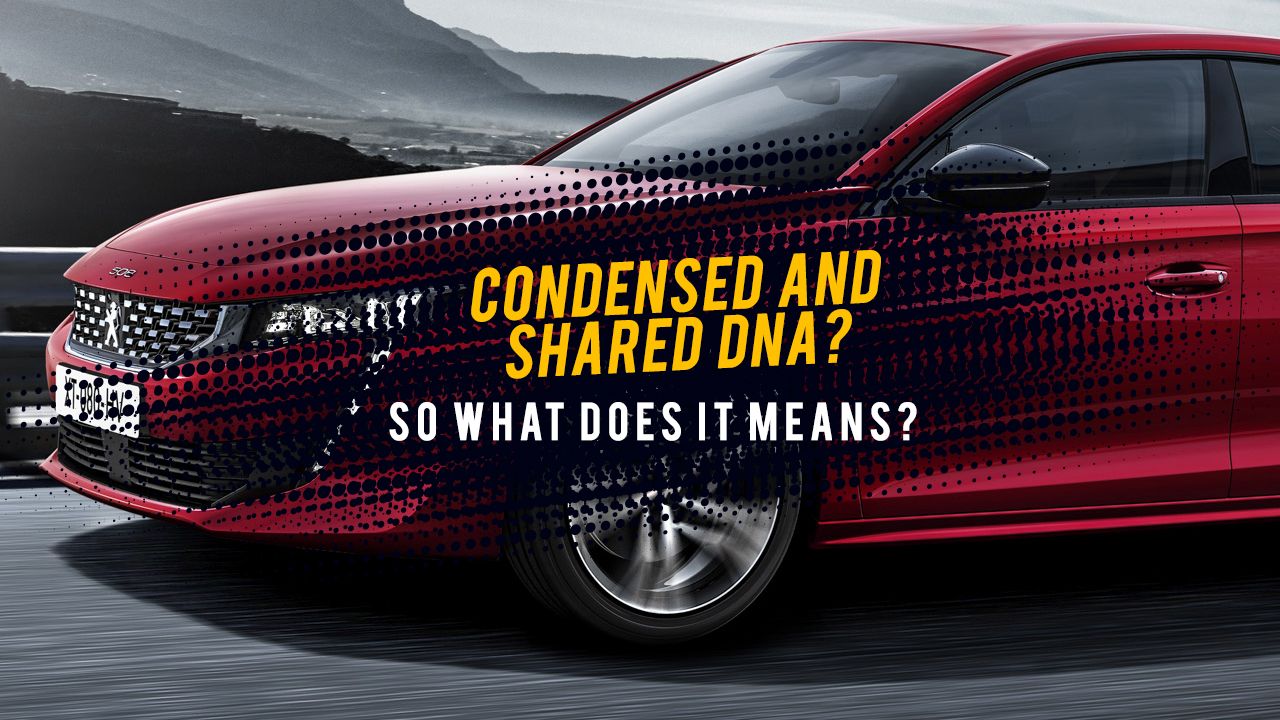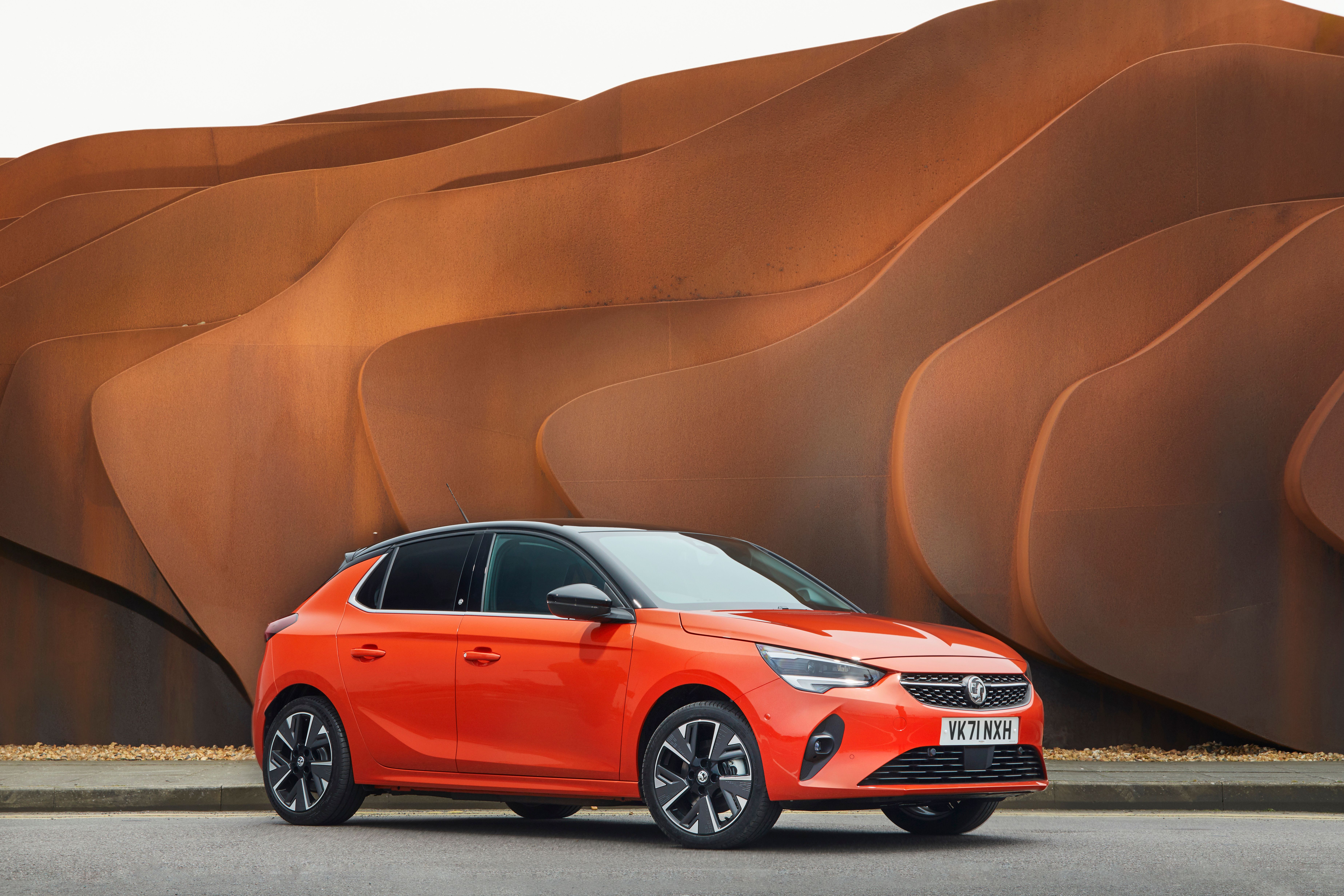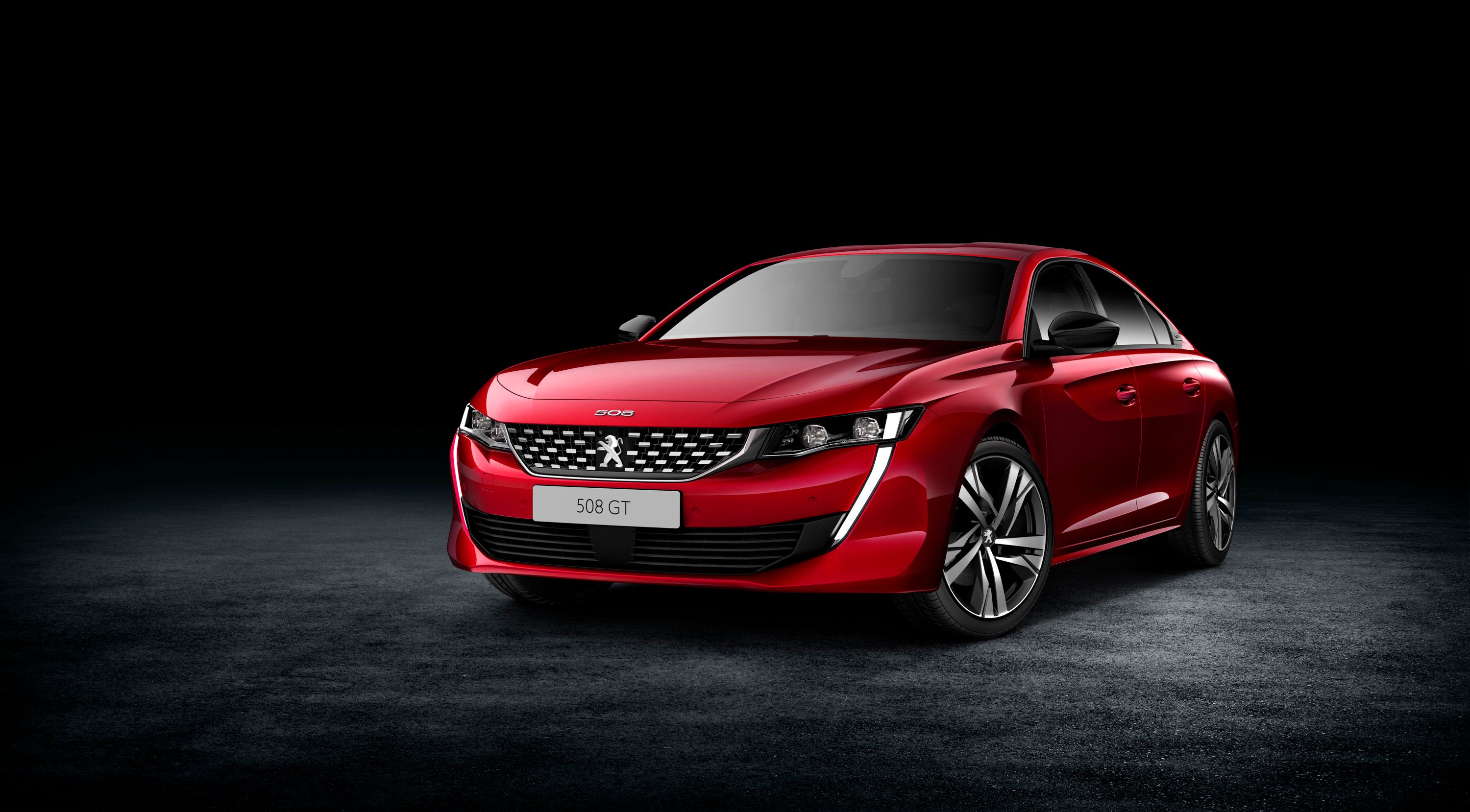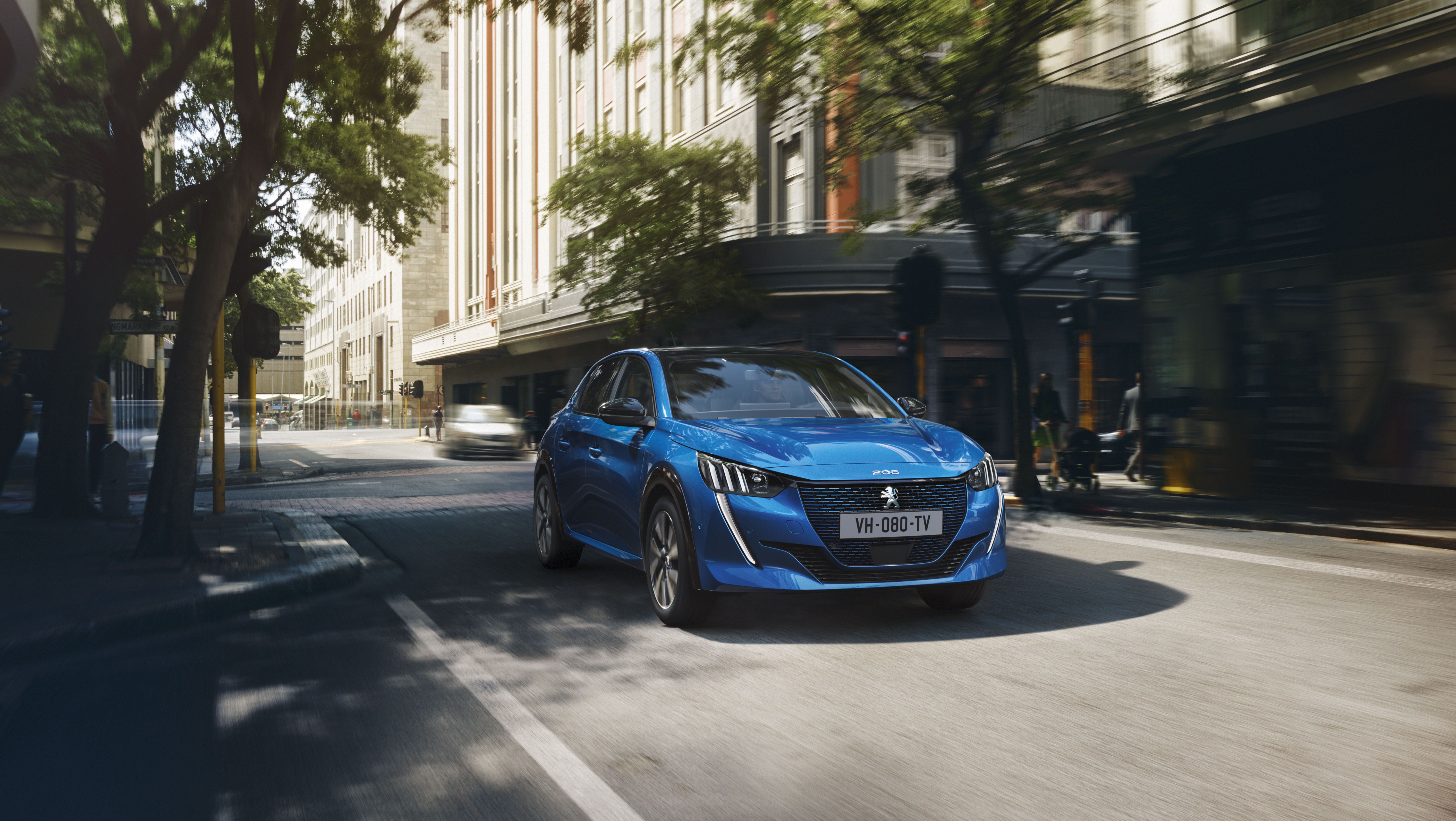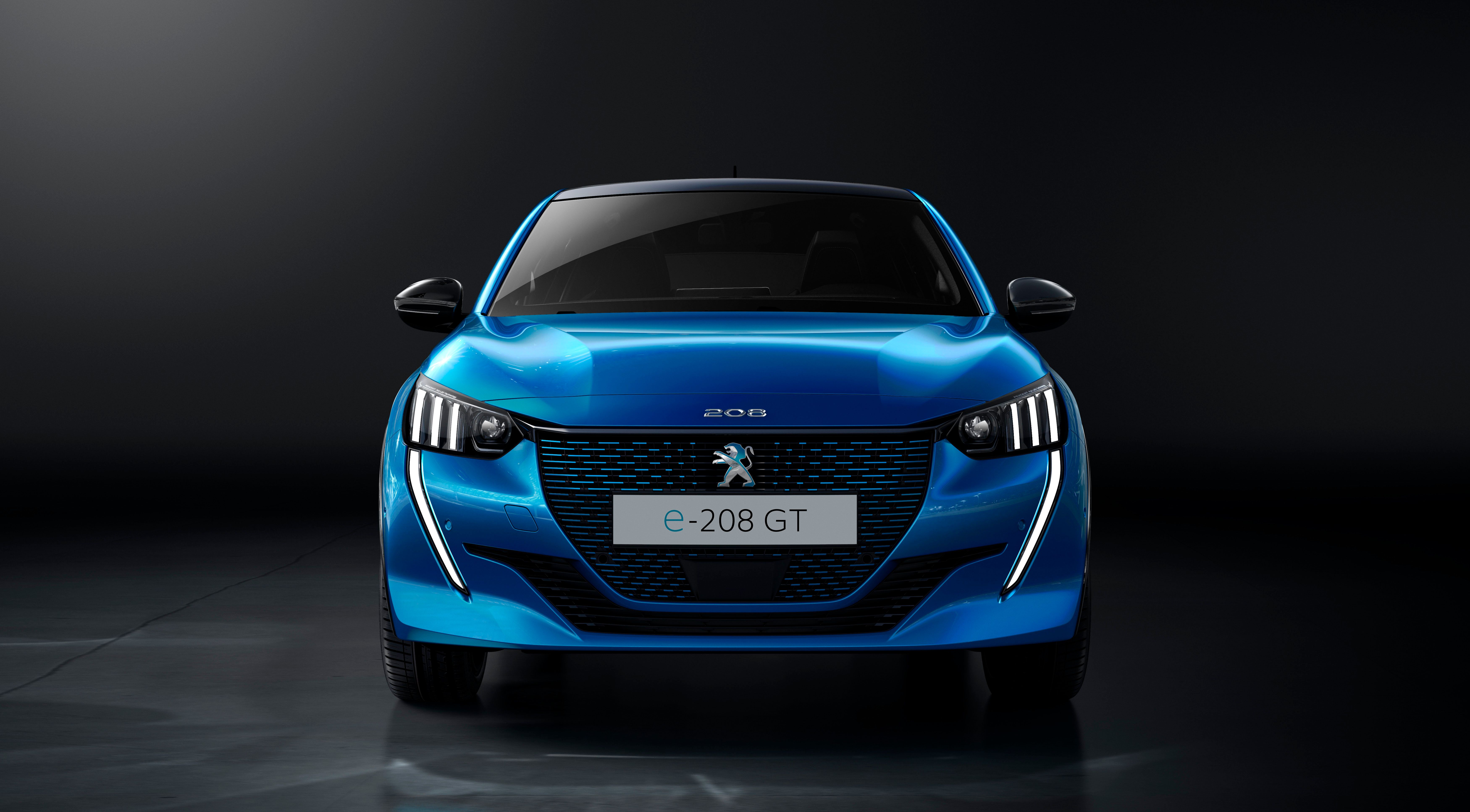You’ve heard the term “skateboard platform” before, and I’m sure you understand the concept – you have a single platform that can be used to support a number of different designs from cargo movers to three-row people haulers and everything in between. It’s also common knowledge that automakers use the same platform for different models and even lend that technology to sister companies. Stellantis, however, is looking to take that one step further but sharing just four different EV platforms and three sets of software between all 14 of its car-making brands.
How Stellantis Will Cut Costs in Electrification
There are a total of 14 companies existing under the Stellantis umbrella (excluding Fiat Professional and Mopar Auto Parts):
- Abarth
- Alfa Romeo
- Chrysler
- Citroën
- Dodge
- DS
- Fiat
- Jeep
- Lancia
- Maserati
- Opel
- Peugeot
- Ram
- Vauxhall
Currently, there is platform and technology shared across these brands to a certain extent, but when Stellantis introduces its new family of EV platforms in late 2023 under the STLA banner, all of them will share just four platforms. According to Autocar, Stellantis CEO, Carlos Tavares said that it will be “easy’ for each of the brands to deliver fully differentiated EVs and that the company’s greatest strength will be sharing “common engineering assets” between brands. According to him, it will boost development efficiency by 30-percent compared to rival firms.
The spread will work like this. There will be a small or compact platform that will underpin models like the Vauxhall Corsa, and a medium-sized platform for cars like the Peugeot 508. There will also be a larger “AWD performance and American muscle” platform, and one for commercial vehicles. All four of these platforms will also share a range of AI-powered software suites. There will be three in total, which will likely be split between the three mainstream platforms, and one of which will be shared with the commercial EVs sometime down the road.
Here’s the interesting part, though. Tavares claims that these software suites will generate as much as €4 billion in additional revenue by 2026 and around €20 billion by 2030 in some 34 million “monetizable cars.” We’re not sure what exactly that means, but one has to assume we’re talking about either in-car advertising or in-car tech subscriptions, both of which aren’t exactly pleasurable to the ears of consumers despite being pitched several times before.
With all of this in mind, it should be noted that the shared mechanics and bits between models from different companies will be below the skin – stuff that consumers don’t see. The platforms and ultimately the vehicles they support will be able to be customized to any degree to align with the principles and priorities of each brand. As for criticism in the future about the lack of diversity from any of the companies under the Stellantis umbrella, Tavares says that it would stem from the design side:
You can already see how the company’s sub-brands are working at this diversity, too. There are several identically powered, entry-level EVs that ride on the eEMP platform, and a few more on the larger EMP3 platform. Never mind the different models from different brands riding on the Giorgio and SCCS platforms that were used by brands before Stellantis came to be. All of these existing platforms, however, will ultimately be replaced by the STLA family of platforms which means – in a very general sense – your buddy’s Peugeot e-208 will share a lot of its DNA with your more expensive Maserati or Alfa Romeo. Fortunately, for you, the difference in design and interior appointments will make all the difference.

